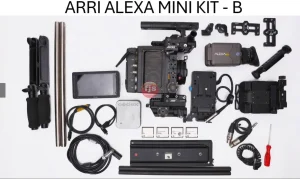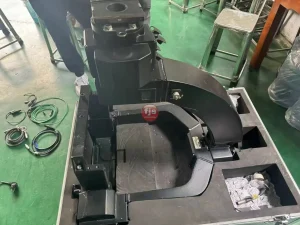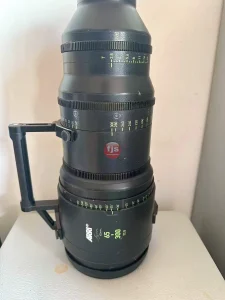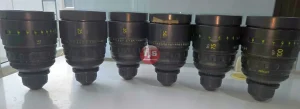The ARRI Master Prime lenses have become a cinematographer’s dream, offering unparalleled image quality, speed, and versatility. But the question of “full frame” compatibility often arises. While not strictly designed for full-frame sensors, the Master Prime lenses offer exceptional performance that transcends format limitations. Let’s explore their key features, benefits, and delve deeper into their suitability for various sensor sizes.
Key Features and Benefits:
- Exceptional Speed: Boasting a consistent T1.3 aperture across the entire focal range (14mm-135mm), these lenses excel in low-light situations and offer stunning shallow depth-of-field control.
- Unmatched Sharpness: From wide open to stopped down, the Master Primes deliver exceptional sharpness and clarity, ensuring detailed and expressive images.
- Minimal Distortion: Virtually free of geometric distortion, they maintain straight lines and accurate perspectives, crucial for architectural and technical applications.
- Reduced Flare: ARRI’s advanced coatings effectively combat internal reflections, minimizing unwanted flare and maintaining image fidelity even in challenging lighting conditions.
- No Breathing: Focus adjustments have no impact on the image angle, eliminating distracting shifts in composition during focus pulls.
- Built for Cinema: Robust construction and precise mechanics ensure smooth operation and reliable performance in demanding production environments.
Beyond Full Frame:
While the Master Prime lenses do not natively cover full-frame sensors, their image circle extends beyond Super 35 format, offering several advantages:
- Adaptability: They can be used on full-frame cameras with proper adapters, capturing a significant portion of the sensor with minimal vignetting.
- Creative Cropping: The larger image circle allows for creative cropping in post-production, framing shots differently without significant image degradation.
- Future-Proof Investment: As larger sensor cameras become more prevalent, the Master Prime lenses remain relevant and versatile.
Frequently Asked Questions:
Q: Will Master Prime lenses vignette on a full-frame camera?
A: Slight vignetting might occur at the extreme edges of the frame, depending on the specific camera and adapter combination. However, the usable image area remains substantial for most practical purposes.
Q: Does using Master Prime lenses on a full-frame camera affect image quality?
A: The image quality remains exceptional, thanks to the lenses’ superior optics. However, utilizing the full sensor area might reveal slight differences in sharpness compared to their native Super 35 format.
Q: Are there full-frame cine lenses comparable to Master Primes?
A: Several manufacturers offer full-frame cine lenses with similar features and performance. However, the Master Prime series remains a popular choice due to its unique combination of speed, sharpness, and classic rendering.
Conclusion:
While not specifically designed for full frame, the Master Prime lenses offer exceptional image quality and versatility, making them valuable tools for cinematographers across various formats. Their ability to adapt to full-frame cameras expands their creative possibilities and future-proofs your investment. Whether working on Super 35 or exploring full-frame options, the Master Prime lenses deliver stunning visuals and cinematic expression.







